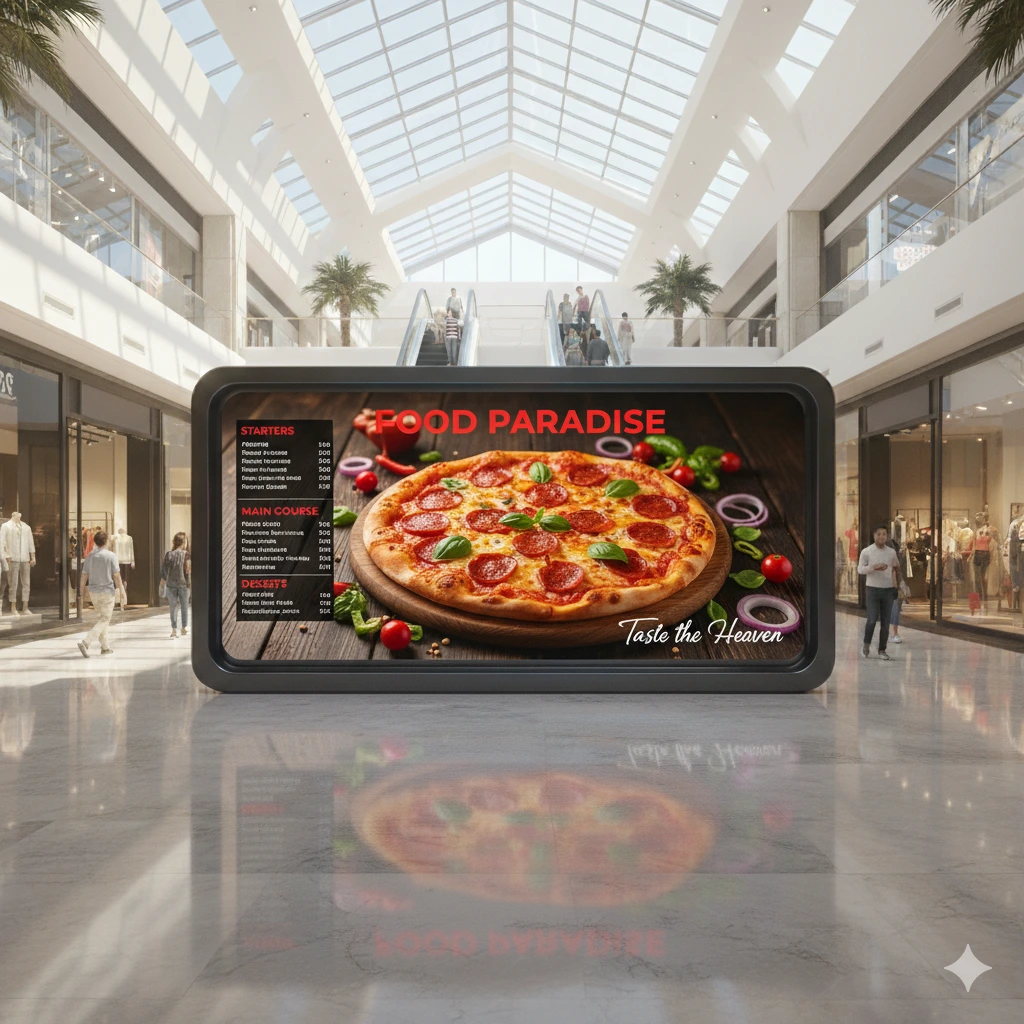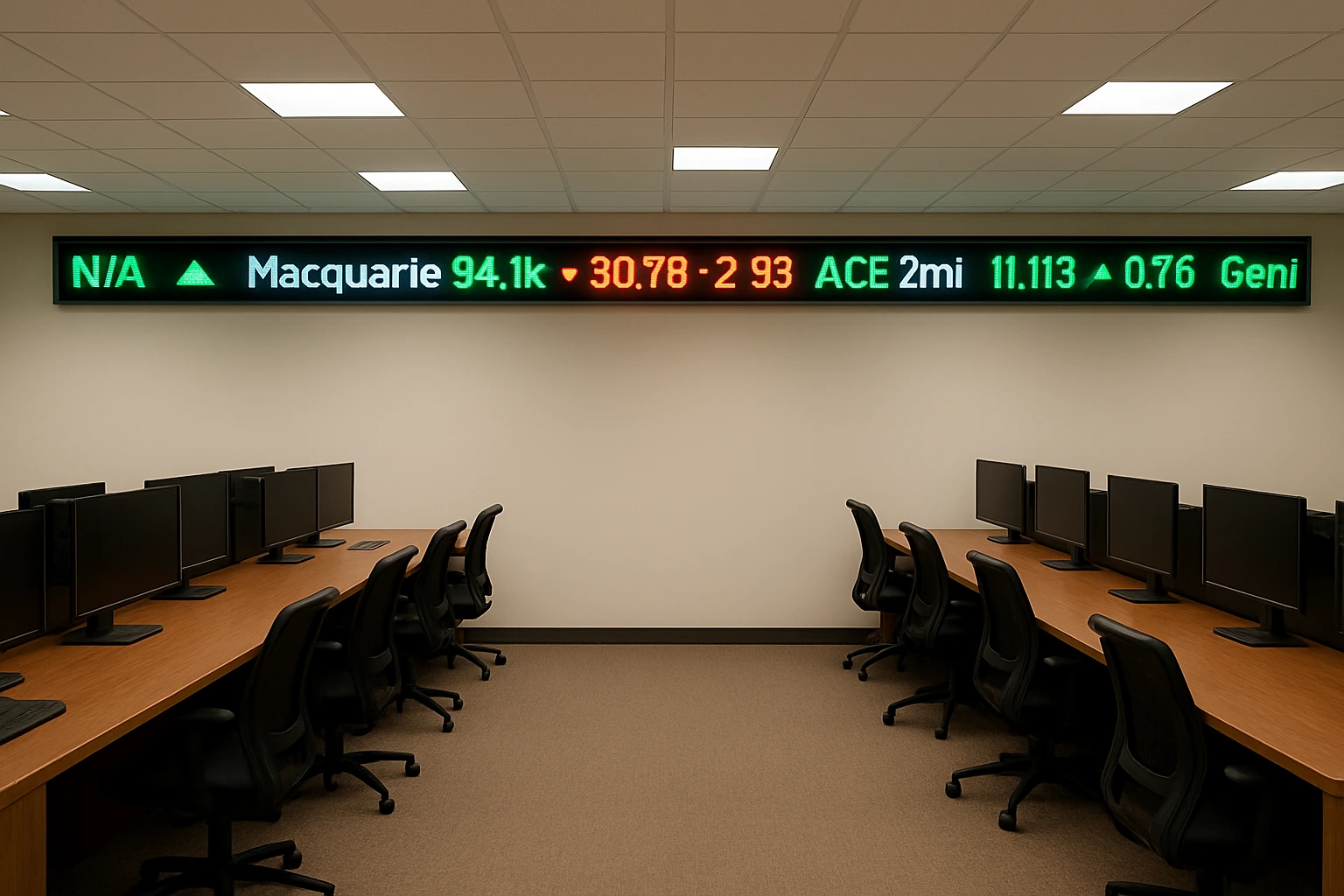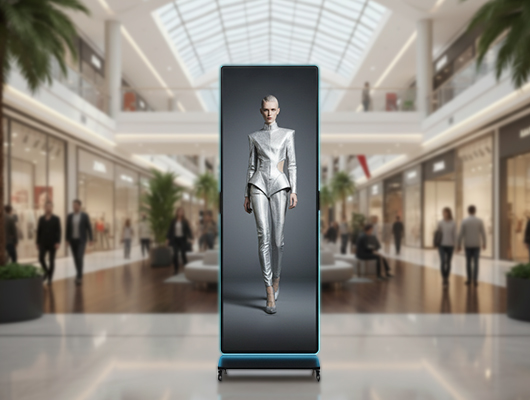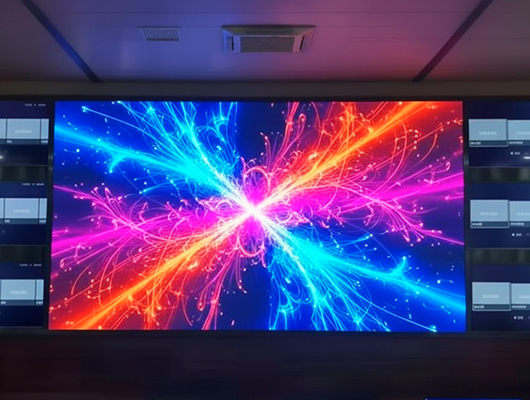Have you ever noticed while going on your way to the office or anywhere, while attending an event there are big bright displays that catch your attention every time, displaying some advertisement or message? These are LED displays that use many small LEDs to make up a big display. With their unparalleled brightness and energy efficiency, LED displays have revolutionized the world of visual communication. From massive billboards to high-definition televisions, LED displays have become the go-to choice for creating eye-catching and dynamic images. Did you wonder what these LEDs are? Or how LED displays work?
Here in this blog, we will discuss how the LED display works in the most simple terms:
How LED Display Works?
LED displays are composed of many individual LEDs arranged in a grid, each of which serves as a pixel. Displays typically have LEDs mounted on printed circuit boards (PCBs), which form the backbone. In order to turn each LED on or off, a microcontroller sends signals to the PCB.
In order to create images on an LED display, the microcontroller sends signals to the LEDs on the grid in order to turn them on. The display can produce a variety of colors and patterns by switching on different combinations of LEDs. You can create a bright color image by using the additive color mixing principle, which entails combining light in different colors together to produce new colors, thereby resulting in a vibrant image. In an LED display, there is a fixed pattern of pixels in three different colors that is red, green, and blue LEDs mounted in a fixed arrangement on the surface.
You can create billions of different colors by varying the intensity of the diodes. An array of colored pixels is visible as an image when viewed from a distance on an LED screen.
It is also possible to control the brightness of the LEDs by adjusting the amount of current that is directed toward them.
Typically, LED displays are composed of several layers, including a substrate, a PCB, a mask layer, and an encapsulation layer on top of the substrate. A substrate is used as a durable foundation to support the display, whereas the PCB is used as a structural foundation to support the LED grid. As the mask layer plays an important role in preventing light from leaking between adjacent LEDs, the encapsulation layer plays an important role in protecting the LEDs from external factors that cause damage like moisture and dust.
So, this is how LED displays work and showcases the vibrant color images and videos on the screen that catches the eye.
What makes Infonics stand out in LED Display solutions?
Customer satisfaction is our highest priority at Infonics. Our customized solutions are tailored to your specific needs. You can count on our team of experts to create a unique design that will elevate your presentation or event. In order to make your customized LED display a show stopper, we use the latest technology and materials of the highest quality. The experts at our company can assist you in choosing the perfect LED display according to your needs.
Having ISO, BIS, FCC, and CE certifications assure that we meet the standards of product quality and safety. We serve clients in a variety of industries such as government, private, PSUs, educational institutions, defense, malls, etc.
End note:
There are many different types of LED displays available that you can use for your business like LED video walls, LED ticker displays, LED parameter displays, LED standees, LED posters, etc. With their durability, energy efficiency, and exceptional brightness, they are popular choices for a variety of applications. If you understand how LED displays work, you can choose the right type of display for your business needs and appreciate the technology that powers the screens. As an LED display board manufacturer that prides itself on its expertise in crafting the finest level of LED displays, we deploy rigorous quality control measures to ensure that all LED displays leaving our facilities are of the highest standard.












